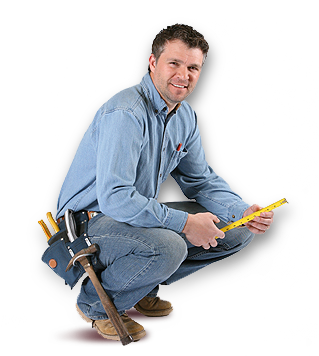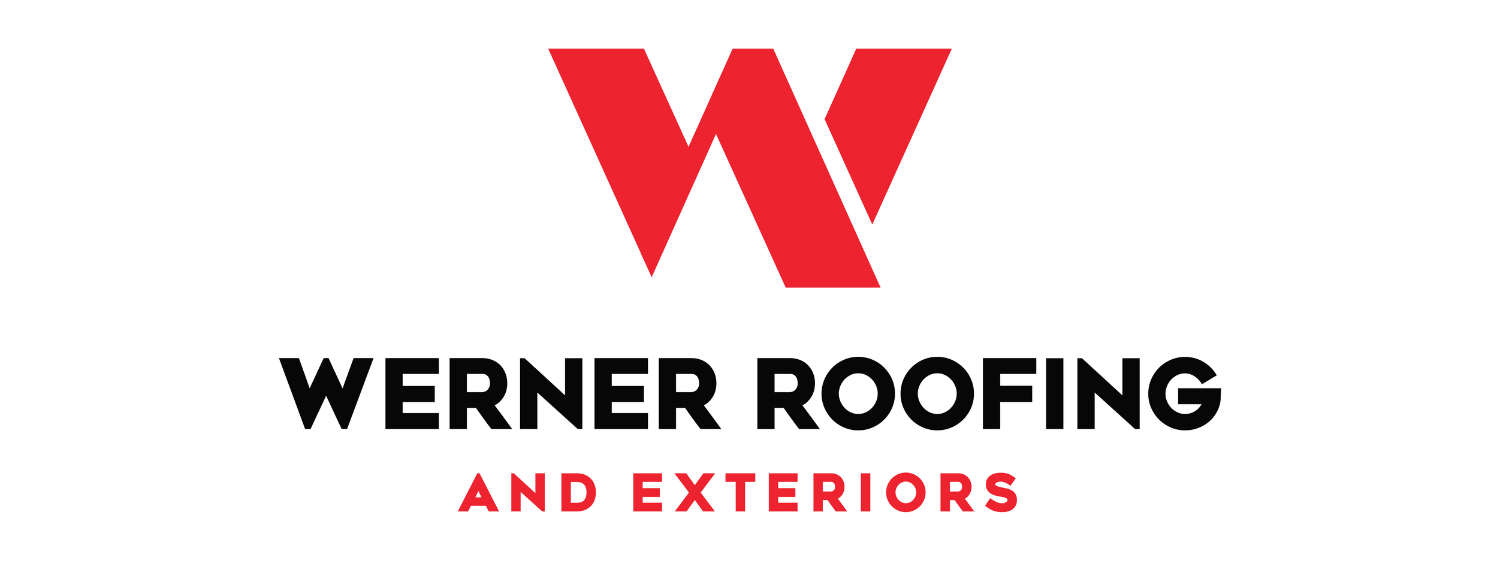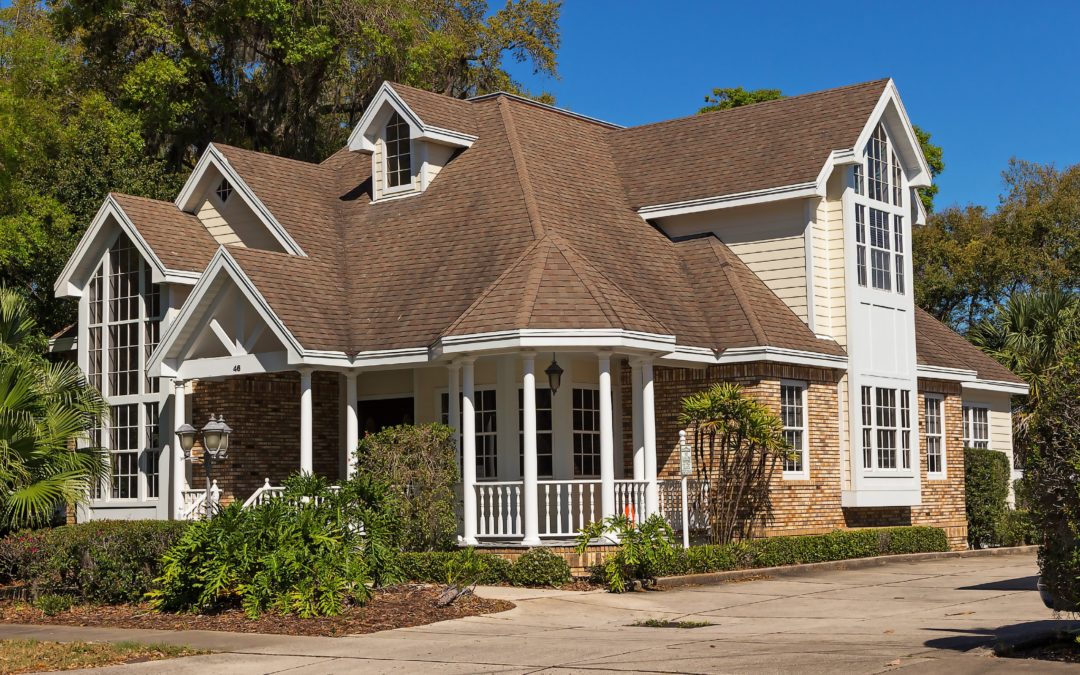When Your Old Roof Was New (The Curing Phase)
Remember when your roof was first installed and the last shingle put in place? Ah, sweet memories. Your roof was just starting out in all its glory, but oddly enough, when a roof is brand new it goes through a rapid aging phase called “curing” which lasts for its first two years.
During this initial phase, it’s not uncommon for your shingles to lose some granules, curl a bit, and even have some blistering going on, but don’t panic. This is all totally normal as your roof settles and stabilizes while strengthening its durability against harsh weather.
When Your Aging Roof Hits Middle Age (The Incipient Phase)
How time flies, right? After the first couple of years go by, your roof enters into an extended period of prolonged and slow aging. It’s what we would call middle-aged, but in the roofing biz, it’s referred to as the “incipient stage”.
For about 10 years, your roof is in its prime, doing its thing, protecting your home, and keeping you safe and warm. Ah, but this is no time to become complacent!
During this phase, maintenance becomes a top priority. You should do regular inspections and look for any signs of a midlife crisis, such as torn or missing shingles that need to be replaced. Keeping on top of and addressing small issues as they arise will help to prolong your roof’s happy and healthy life.
Normal signs of aging in the incipient stage of your roof might include minor granule loss, cracking here and there, and areas that are a bit weathered looking. Overall, though, life is good…for now.
When Your Aging Roof Is Nearing the End (The Final Phase)
After about 20 years, your roof starts aging rapidly again and you will notice signs of deterioration. By now it has endured all kinds of weather and has become weakened and broken down — much like we get when we’re old! Heck, it can even go bald! When you start noticing things like these, it is time to bid a fond farewell. Other signs that indicate a new roof is in order include:
- Rusted or damaged flashing
- Excessive granule loss (and those pesky bald spots!)
- Cracked, curled, or buckling shingles
- Saggy areas
- Exposed under layers
- Moss growing on shingles
- Water damage on ceilings inside your home
- Light coming through the attic
When Your Old Roof is Ready to be Replaced, Call Werner!
It’s a drag getting old, but unfortunately, you can’t stop the aging process! At some point your aging roof will need to be replaced with a new one, and the roof life cycle will begin again.
What phase is your roof in right now? Is it getting up there in age? The experts at Werner Roofing would be happy to inspect it for wear and tear and help you decide if any repairs can extend the life of your roof, or if it might be time to consider a roof replacement. Give our team a call or contact us online for a free inspection and estimate.

OUR FREE ROOF INSPECTION
How do you know when it’s time for a new roof? The only way to be sure of your residential roof’s current condition is to have a licensed professional personally inspect it. Werner Roofing is proud to offer free roof inspections for every client, so you can be sure of your roof’s condition. Every Werner Roofing inspection comes complete with our promise: “We won’t recommend or sell a roof replacement unless it’s necessary.”


